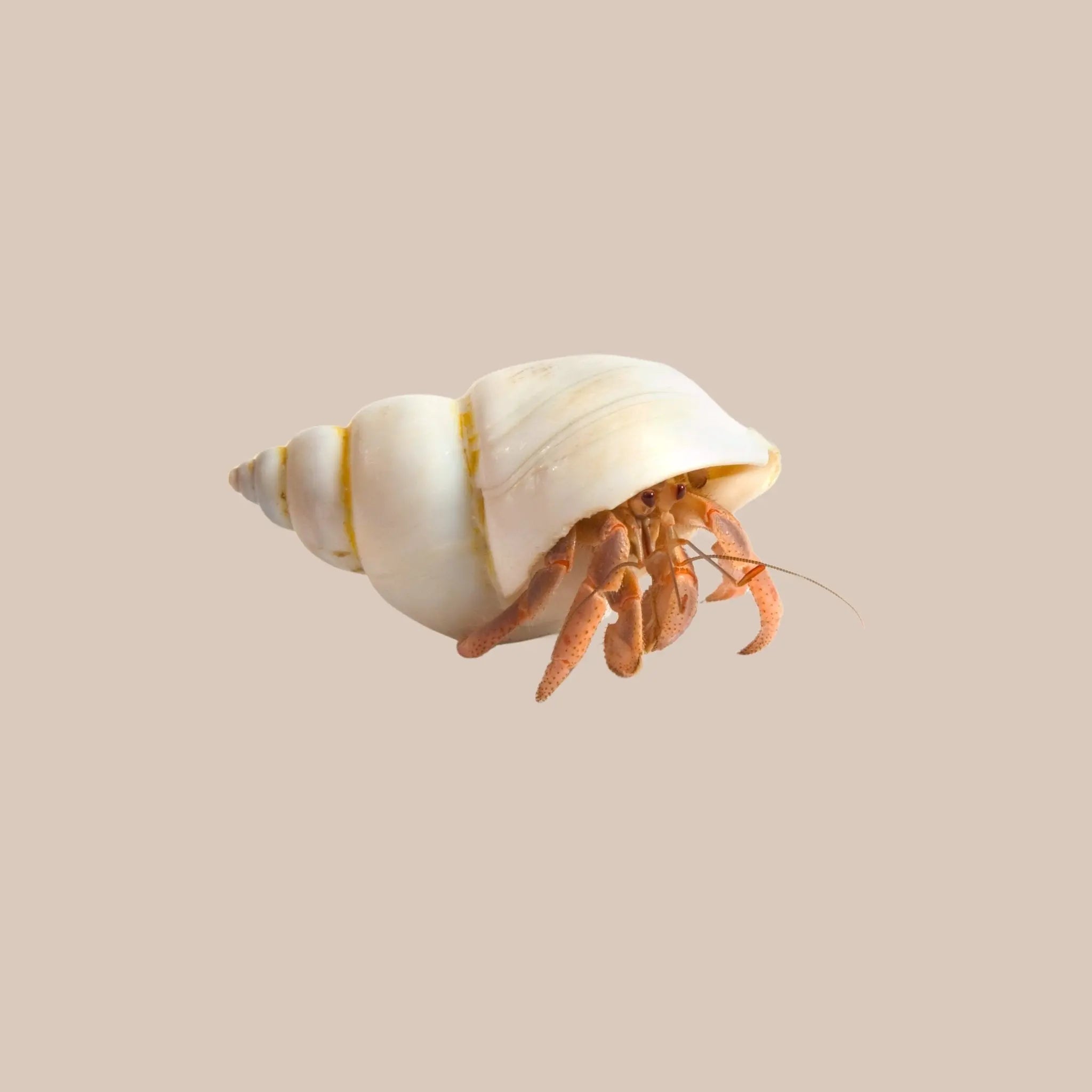
Hermit Crabs
Coenobita variabilis
*PLEASE CALL THE STORE FOR PRICING & AVAILABLITY*
Hermit crabs make a unique and fascinating pet for children and adults alike. They can easily live for up to 10 years and are highly social creatures often living in large colonies in the wild.
Choose options
Coenobita variabilis
*PLEASE CALL THE STORE FOR PRICING & AVAILABLITY*
Hermit crabs make a unique and fascinating pet for children and adults alike. They can easily live for up to 10 years and are highly social creatures often living in large colonies in the wild.
Coenobita variabilis
*PLEASE CALL THE STORE FOR PRICING & AVAILABLITY*
Hermit crabs make a unique and fascinating pet for children and adults alike. They can easily live for up to 10 years and are highly social creatures often living in large colonies in the wild.
-

7 day Health Policy
-

Expert Staff
-

State of the art filtration
-

Sustainably Sourced



